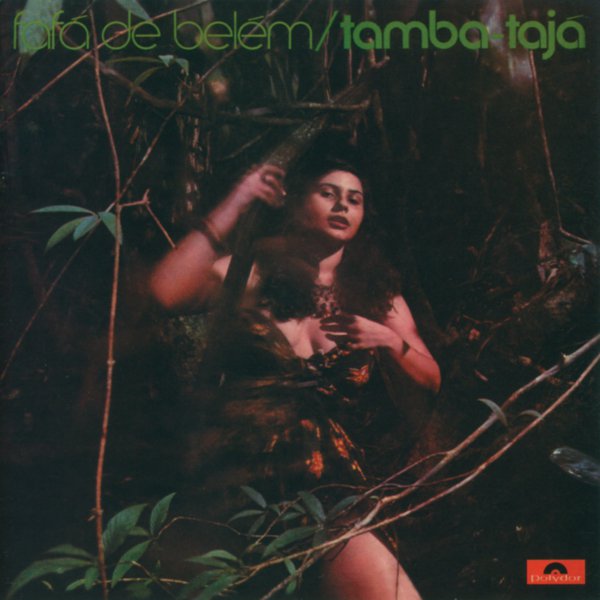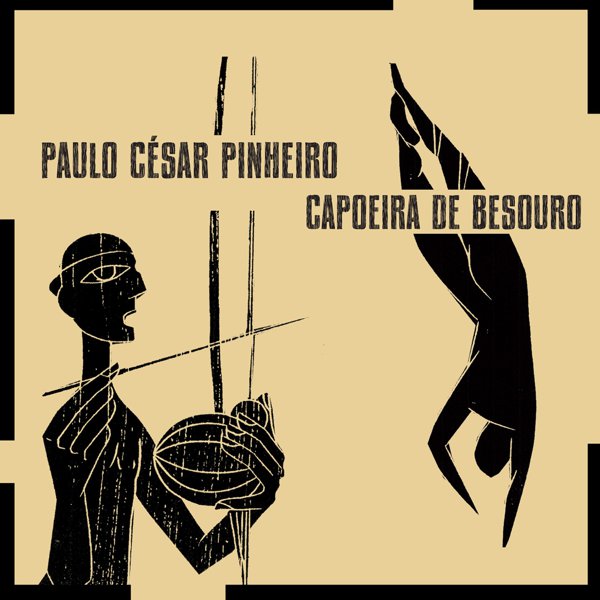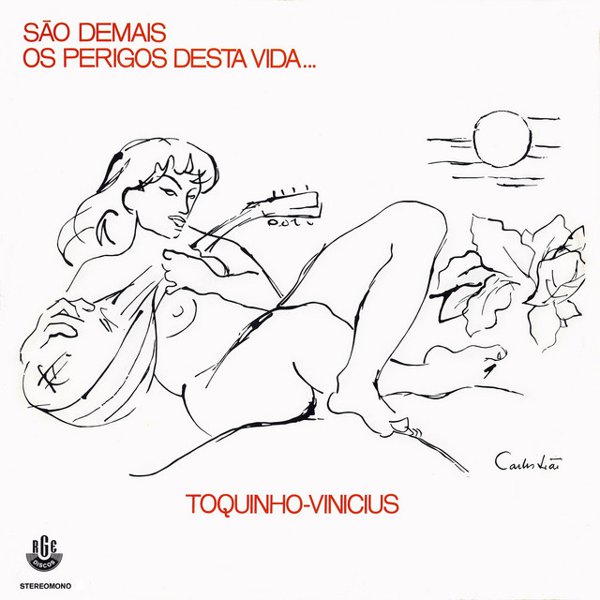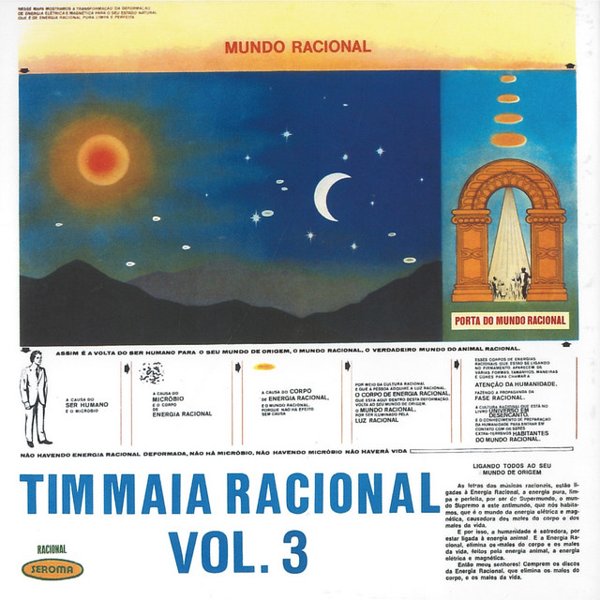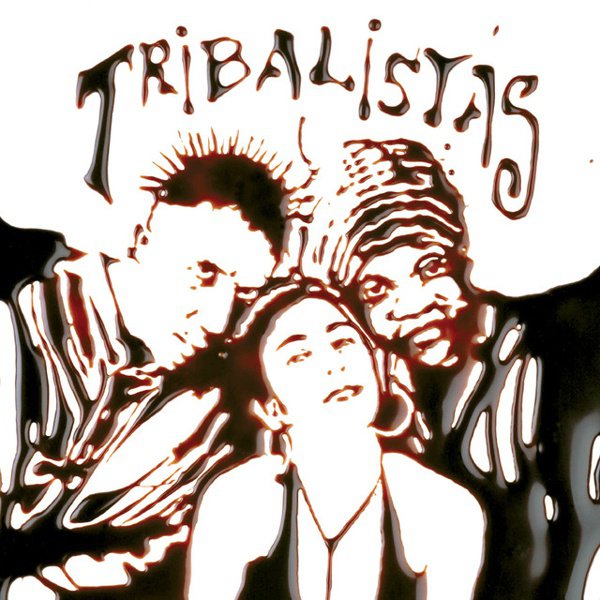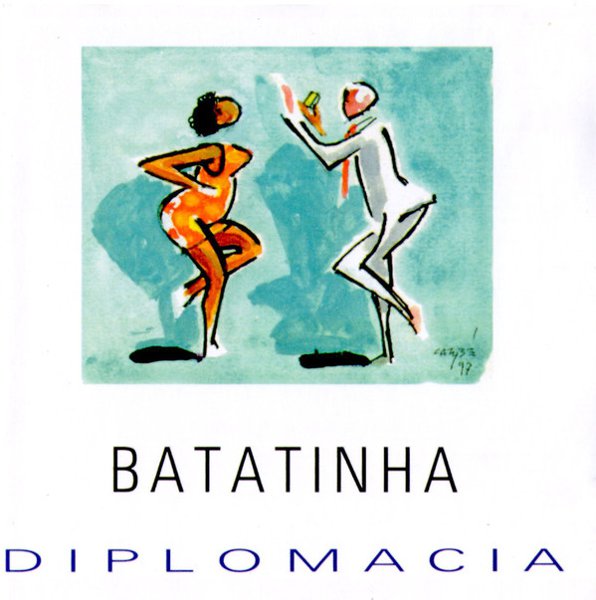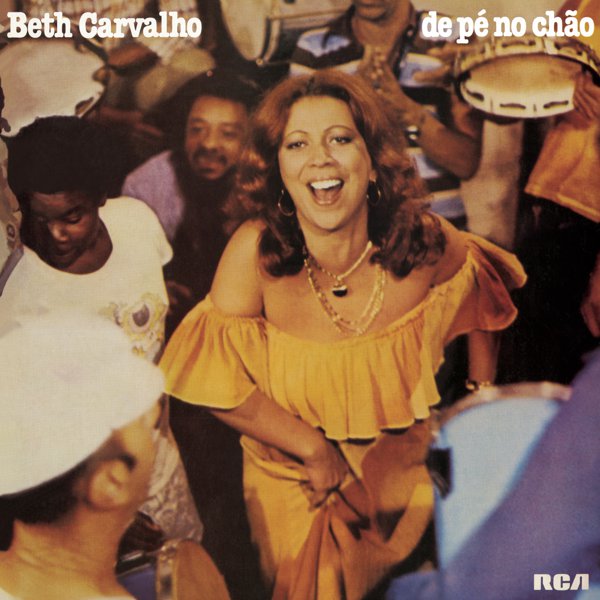Tamba-Tajá
No music album will ever be able to embrace the extensive palette of genres composing the Brazilian music cosmos. But, if such an impossible album existed, it would sound somewhat close to what Fafá de Belém’s Tamba-Tajá has been providing to listeners since 1976. When asked what her debut album represents, singer Fafá de Belém (meaning Fafá from Belém, the Amazonian city where she was born) unhesitantly said: “Tamba-Tajá is Brazil”. Fair enough, Fafá. While the Amazonian sound aesthetic pulsates vibrantly in at least three of the 13 tracks (Indauê-tupã, Tamba-tajá, and Esse Rio é Minha Rua), the music tradition from Southern Brazil, the Afro drums from Bahia, the choro style from Rio de Janeiro, and the accordion from Northeastern Brazil all show up in “Tamba-Tajá” — which also includes Caetano Veloso’s mantric song Cá-Já. Fafá’s interpretation is notably stunning in the tracks Gaudêncio Sete Luas, which brings a western movie kinda vibe, and Fracasso, with Fafá dragging us to the lyrical subject’s despair for a failed love story.

